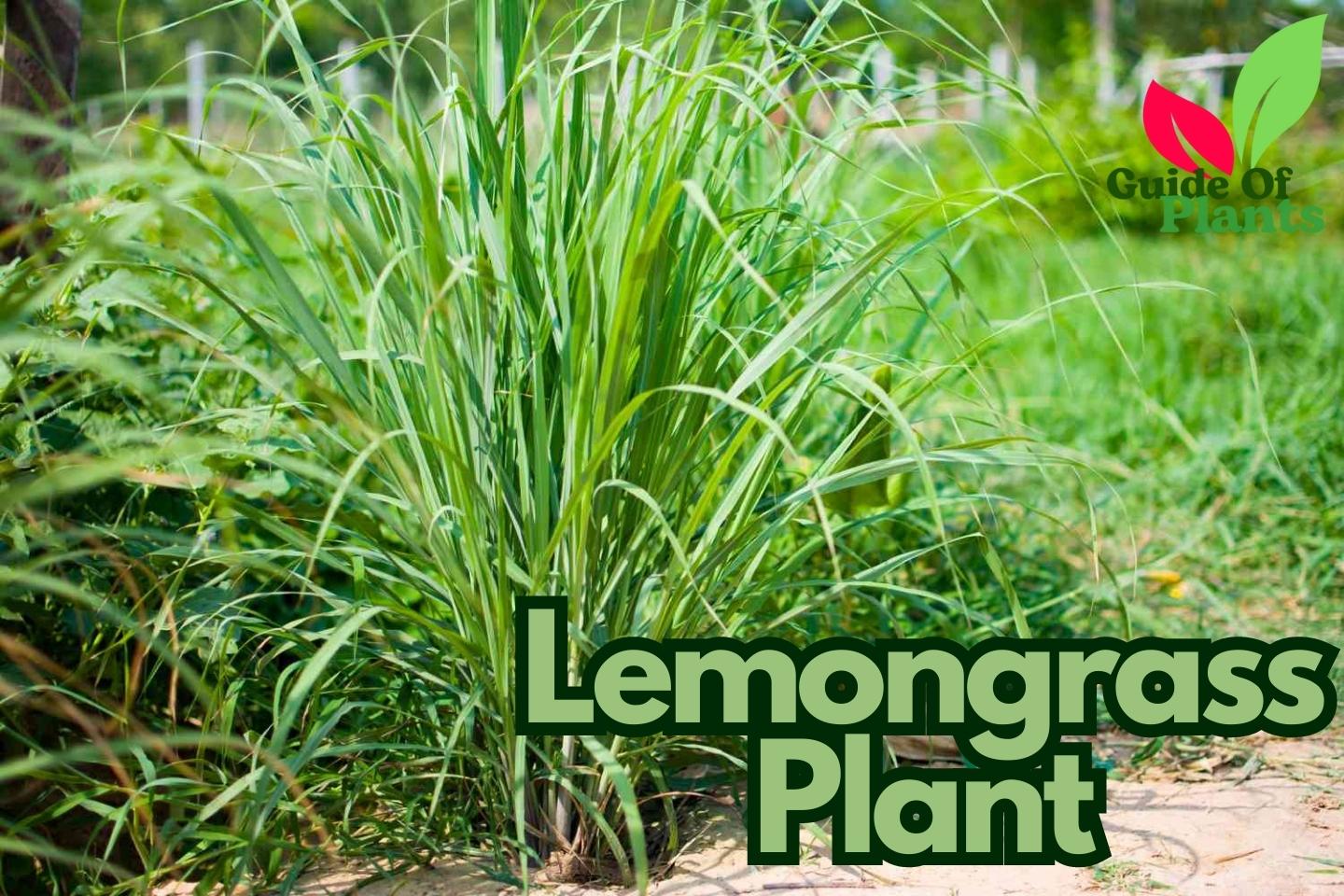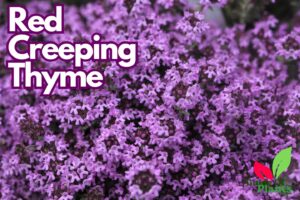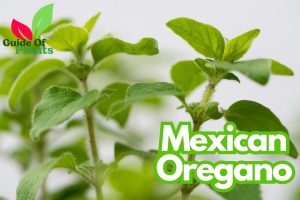Lemongrass adds bright, citrusy flavor to dishes, but did you know this tropical grass has other uses? Originally from Asia, lemongrass grows well in hot, humid climates. It’s easy to care for – just give it sun, adequate water and drainage. Once established, harvest fresh stalks as needed. Use them to flavor soups, curries, teas and more. Dried lemongrass works too. Lemongrass essential oil is great for aromatherapy. This versatile, tangy herb has many culinary and medicinal benefits. Lemongrass Plant is a tropical plant worth getting to know! with Guide of Plants.
Table of Contents
Know About
What is Lemongrass?
Lemongrass is a tall, sturdy grass like plant. It grows mainly to warm tropical regions of Asia. With long, bright green stalks and bushy leaves, it imparts a distinct lemony aroma and flavor. The scientific name for lemongrass is Cymbopogon and it belongs to the same plant family as citronella grass. Fun fact lemongrass contains the natural compound citral, which gives it that bright, lemony aroma and flavor.
Botanical Description of Lemongrass Plant
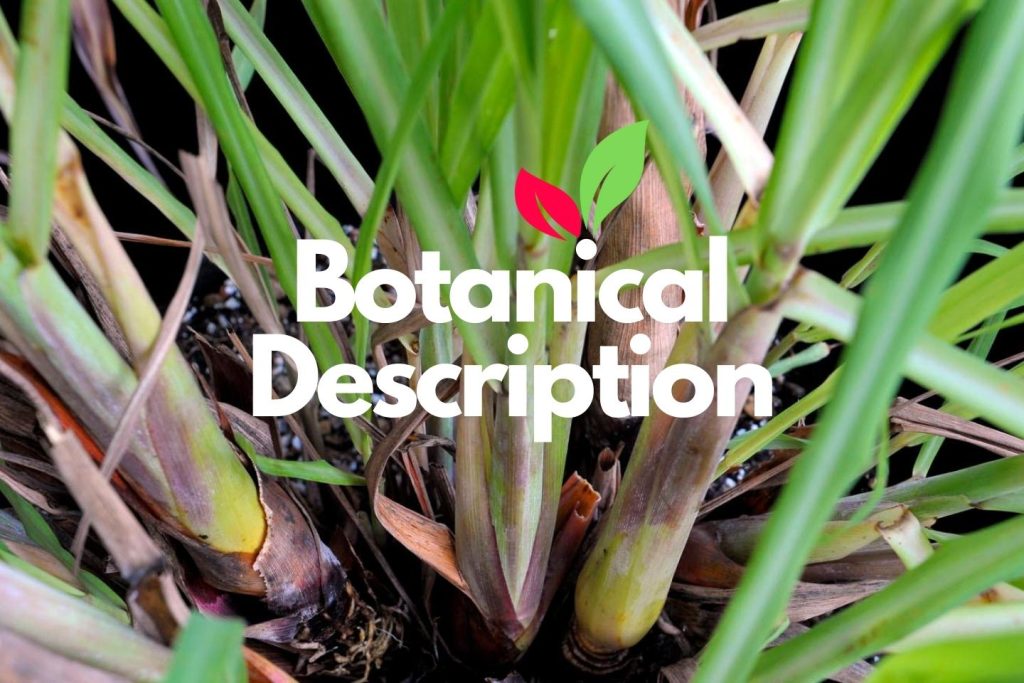
Lemongrass (Cymbopogon Citratus) is a perennial tropical grass belonging to the Poaceae grass family. Lemongrass has tall, sturdy stems and long, slender leaves that give off its signature lemony scent. The herb’s high essential oil content provides its bright citrus aroma and flavor.
Lemongrass is a coarse plant. It is a clump-forming grass that can grow up to 1-1.5 meters in height. It has pale green, smooth stems that are swollen at the base. The leaves emerge in clumps from the woody base and are bright green, long, thin and blade-like with serrated edges. The leaves can grow up to 1 meter long and 1-2 centimeters wide.
The inflorescence is a terminal panicle up to 60 centimeters long, containing spikelet with yellow anthers. The seeds are oblong caryopses that turn reddish-brown at maturity. The entire lemongrass plant can grow quite large in tropical environments if left unharvested.
Know About: Growing Lettuce Indoors in Just 10 Simple Steps, A The Ultimate Lettuce Lovers Guide
Native Lemon Grass, Origin and History
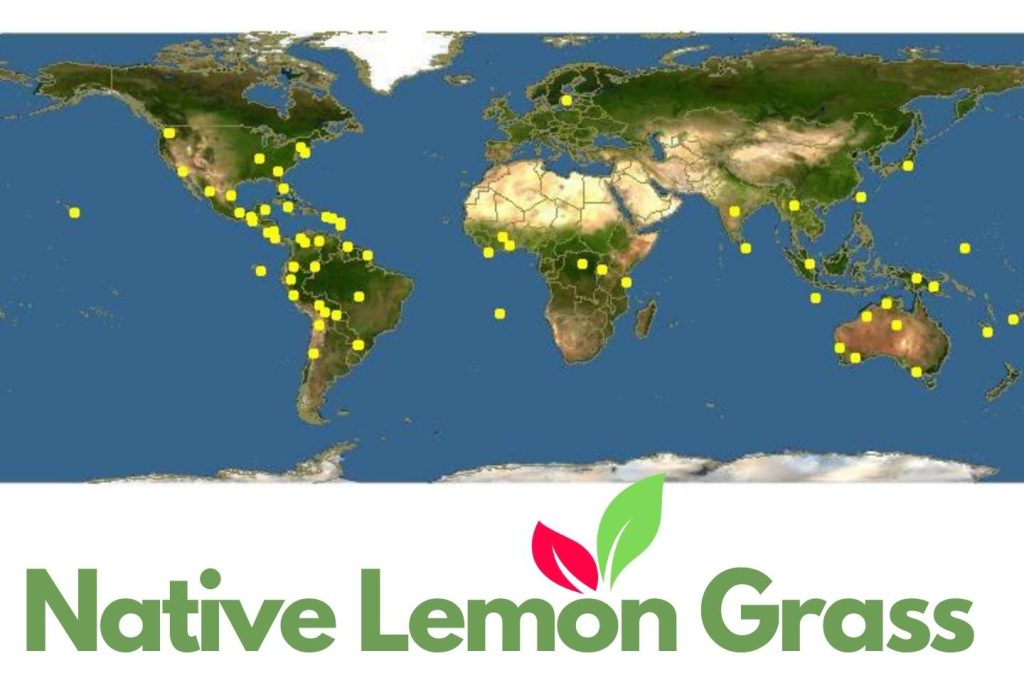
Native to South and Southeast Asia, lemongrass groes in hot, wet, tropical climates with high humidity. It flourishes in marshy, moist soil that is rich in organic matter. Lemongrass requires full sun exposure and adequate moisture. It does not tolerate cold temperatures well. Under ideal growing conditions, lemongrass forms dense clumps and spreads vigorously.
Countries like India, Sri Lanka, Thailand, and Malaysia, lemongrass has been used for centuries in traditional Asian cuisine and medicine. In Thailand and Vietnam, it used in soups, curries and tea. It traditionally used for treating fever. It also helps in stomach aches and infections. Lemongrass was brought to the Americas in the 19th century. Today it grows abundantly in tropical regions of South and Central America as well.
Is the lemongrass plant a crop or a herb?
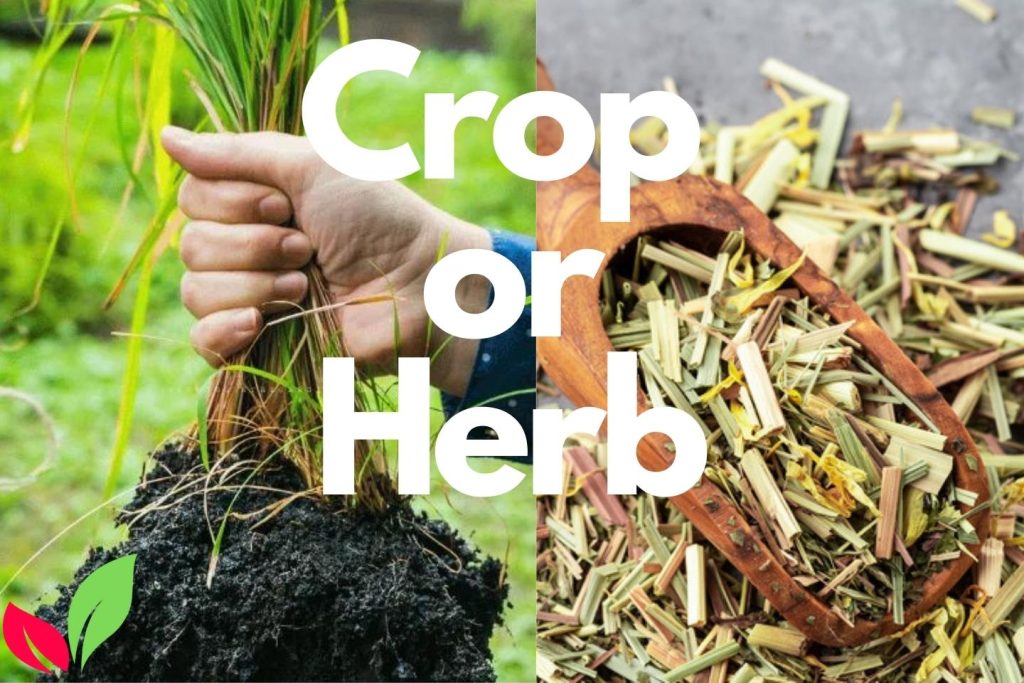
Lemongrass occupies dual roles as a culinary herb and a commercially grown crop. As a herb, lemongrass is highly valued for the bright citrus flavor and aroma its stalks, leaves and flowers impart. All parts of the lemongrass plant are used fresh or dried to enhance the taste of foods, teas, and medicinal preparations. Lemongrass adds its trademark lemon-lime fragrance to countless dishes in Southeast Asian cuisines.
As a crop, lemongrass is cultivated on a large commercial scale in tropical regions across Asia, Africa and Latin America. The primary purpose of this agricultural production is to harvest lemongrass for its precious essential oils. The oils extracted from lemongrass leaves and stems become ingredients in perfumes, cosmetics, soaps, aromatherapy and more.
So while lemongrass is cherished as a culinary and therapeutic herb, it is also grown as a cash crop because of the high demand for its oils on a global, industrial level. The same lemongrass plant fulfills the dual roles of being a versatile, lemon-scented herb and also a profitable, oil-producing commercial crop.
Growing Lemongrass Plant
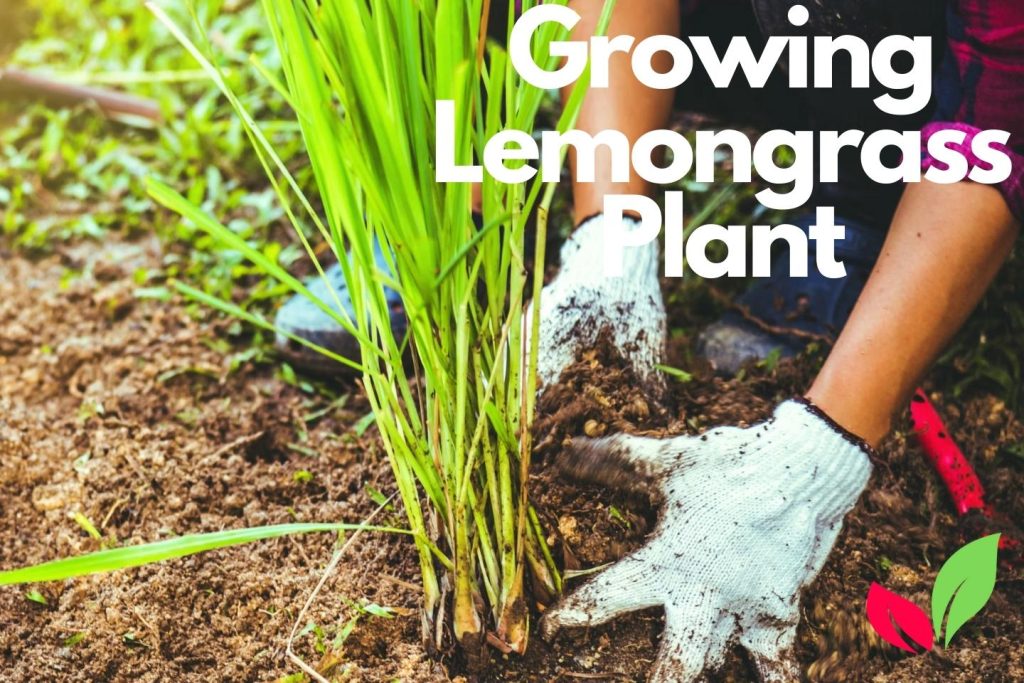
Lemongrass thrives in hot, humid climates with plenty of sunlight and grows well both in-ground and in containers. It can be easily propagated through seed, root division or stem cuttings. To grow lemongrass from seeds, sow them in pots indoors and keep the soil moist. Transplant seedlings once they are a few inches tall. Another quick way is to purchase lemongrass starters or take root cuttings from mature plants. Lemongrass does best in well-draining soil. Use organic fertilizer to encourage growth.
How To Plant Lemongrass Plant
- Purchase young lemongrass plants or mature root stalks from nurseries, if available. Select named cultivars best suited for your climate.
- Alternatively, acquire fresh lemongrass stalks from the grocery store. Cut off the top half and root the base in water until new growth emerges.
- Lemongrass thrives in full sun. Choose a site with well-draining and nutrient-rich soil.
- Amend soil with compost or manure before planting. Dig holes 12-15 inches wide x deep.
- Remove outer sheath from the lemongrass base before planting. Place into hole and backfill with soil.
- Space multiple plants 1-3 feet apart. Water thoroughly after transplanting.
How To Plant Lemongrass Plant In Pots
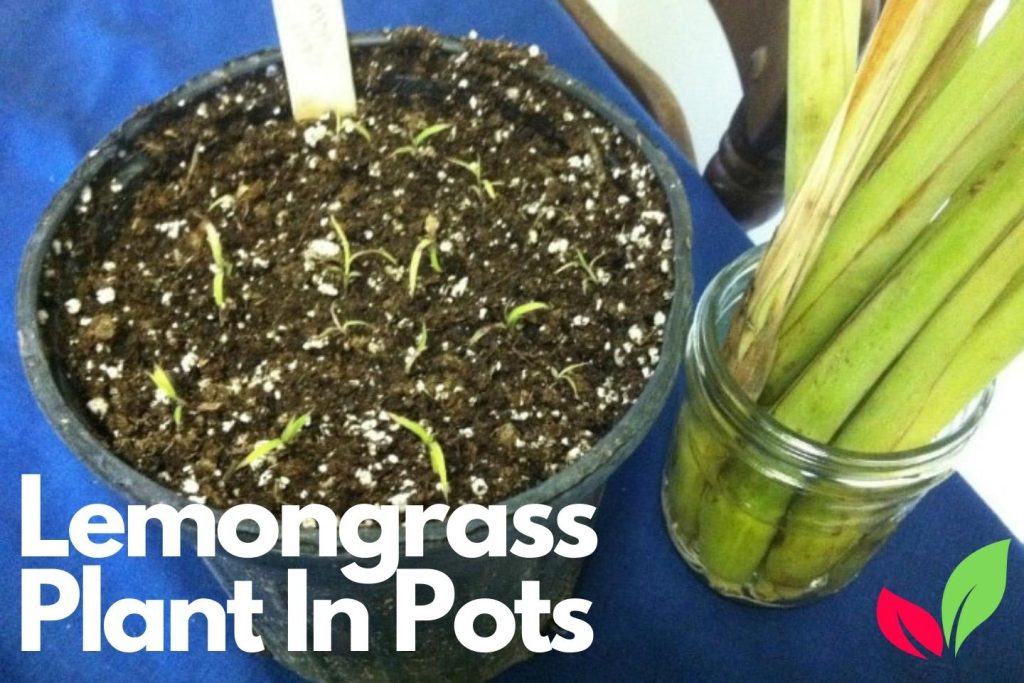
Lemongrass can be grown successfully in containers with some simple preparation and care. Choose a wide pot at least 12 inches deep with drainage holes, using porous terra cotta or plastic. Fill the container with a well-draining potting mix amended with compost or worm castings for nutrients. Remove any outer leaf sheaths from the lemongrass plant before placing the root ball into the pot at the same depth it was originally grown.
Fill the pot with soil, firming it gently around the base but leaving 2 inches between the rim and soil to allow for watering. Thoroughly water after planting until it drains from the bottom. Place in full sun and discard any excess water in the saucer to prevent waterlogging. Rotate the pot weekly and prune leaves often to encourage even growth. Use a diluted liquid fertilizer monthly during the growing season.
In colder climates, move pots to a sunny indoor spot before temperatures drop below 50°F, cutting back on water and fertilizer. With the right container, soil and care lemongrass will flourish, providing fresh flavor all season.
Selecting the Right Variety
There are over 50 varieties of lemongrass but the most popular for cultivation is Cymbopogon citratus. Look for specific cultivars like ‘East Indian’ or ‘West Indian’ that are suited for your climate. Other varities like Cymbopogon flexuosus are used for essential oils.
Lemon Grass Seeds
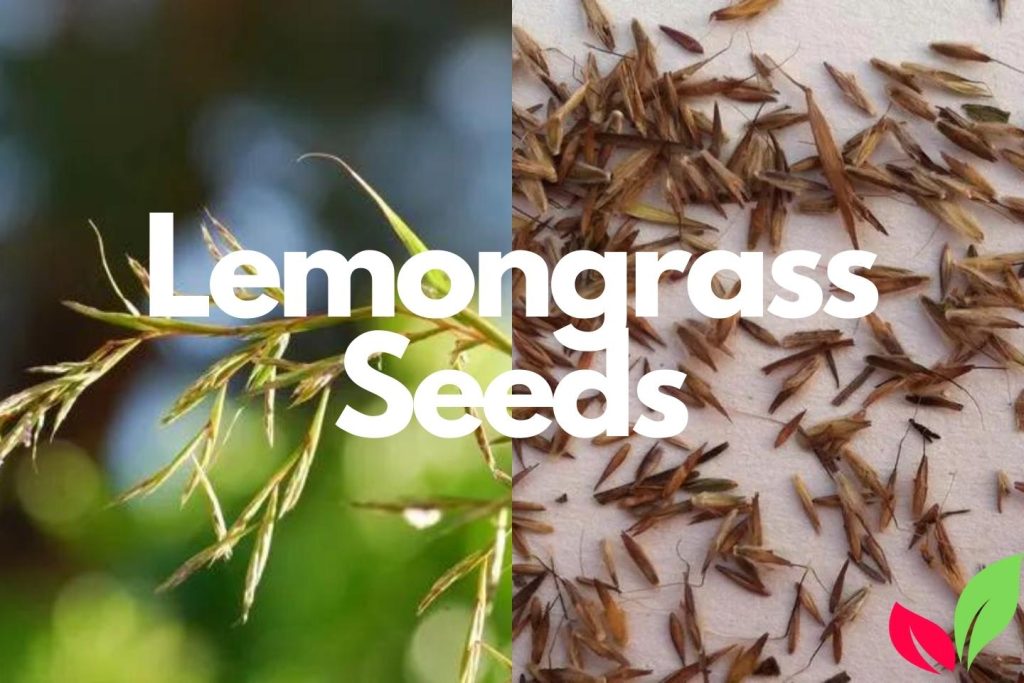
Lemongrass is typically propagated from tiny, oblong yellowish-brown seeds that are commercially available from garden stores, nurseries or online sellers. It’s best to start lemongrass seeds indoors in seed starting mix and provide warm conditions of 70-80°F with bottom heat for optimal germination, which occurs within 2-3 weeks. Once seedlings are thinned out and hardened off, they can be transplanted into well-draining soil in full sun after the last frost.
Frequent watering and occasional fertilizing the first year will help establish the plants. Lemongrass grown from seed may take 2-3 growing seasons to fully mature before it can be harvested. While seeds are the most affordable propagation method, using mature root divisions or stem cuttings from existing plants will yield harvestable lemongrass more quickly. With careful planting and patience, lemongrass seeds can provide an economical way to grow a productive crop of this flavorful grass.
Caring for Lemongrass Plants
Lemongrass requires full sun and moderate watering to grow well. Allow the soil to dry out between watering to prevent root rot. Apply fertilizer a few times during the growing season. Pruning the leaves regularly will encourage new growth. Watch out for aphids and fungus gnats which may plague lemongrass. Remove any diseased or insect-eaten parts promptly. Growing lemongrass indoors over winter is possible with adequate sunlight.
Harvesting Lemongrass
Lemongrass stalks can be harvested multiple times in a growing season once they reach 1-2 feet tall. Cut stalks close to the ground using a sharp knife or pruning shears. Choose stalks with thicker bottoms. Rinse well and use fresh or store for later use. To dry lemongrass, tie bundles and hang them upside down in a warm, dry area. Dried lemongrass keeps well in airtight containers. Lemongrass will re-grow readily after each harvest.
Use of Lemongrass Herb
With its intense lemony essence, lemongrass is a versatile herb that enhances many savory dishes and beverages. It is widely used in Thai, Indian and Vietnamese cuisine. Add freshly chopped or dried lemongrass to curries, soups, meat, fish and poultry dishes. Steep lemongrass leaves to make a refreshing herbal tea that aids digestion. Lemongrass essential oil has antiseptic properties and is used in soaps, candles and aromatherapy.
Other Interesting Facts About Lemongrass
- Lemongrass helps repel insects naturally
- It contains antioxidants and has minimal calories
- The texture is similar to bamboo and it grows in dense clumps
- Used as a natural hair cleanser and skin toner
- A relative of citronella grass but has a more subtle flavor
Lemongrass Plant Health Benefits

Lemongrass has such a bright, lemony aroma and flavor. It’s also packed with health benefits! The antioxidant compounds help fight free radicals and inflammation. Lemongrass has antimicrobial and antifungal properties too, so it inhibits bacteria and fungus growth. This helps sanitize and preserve foods. A nice cup of lemongrass tea can soothe coughs, colds, sore throats, and bring down fevers when you’re sick.
Beyond that, the antioxidants and phytonutrients promote overall health and may help prevent chronic diseases like cancer. Lemongrass essential oil can boost your mood, relieve stress, anxiety, depression and insomnia through aromatherapy. It even helps with nausea, stomach pain, and indigestion thanks to its medicinal properties. Applying it topically can improve skin, reduce acne and scarring as well.
With barely any calories, lemongrass provides nutrients like manganese, potassium, zinc and copper. Its diuretic effect helps detoxify and reduce bloating too. In summary, lemongrass has wide-ranging benefits from fighting infection to enhancing skin health and more!
Know About: How to Grow an Amazing Indoor Lemon Tree in Your Organic Fruit Garden
Conclusion
With its refreshing lemon flavor and aroma, it’s no wonder lemongrass is indispensable in Asian cooking. Growing this tropical grass is easy and rewarding even for beginner gardeners. Every part of the lemongrass plant can be utilized – from leaves and stalks to the fragrant essential oil. Give this zesty, ornamental herb a try – your cooking and garden will thank you!

